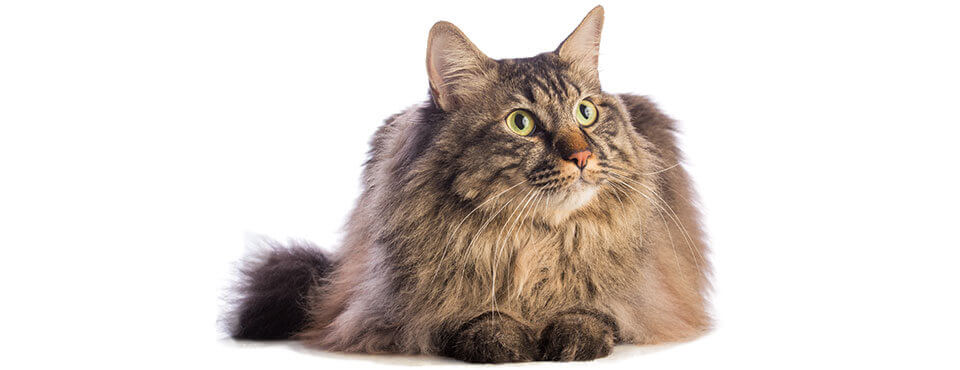As summers get hotter, we’re all having to change our behaviour and be careful not to dehydrate, get over exposed to the sun and take care while exercising. But how does warmer weather affect our pets?
In fact, the dangers posed by increased temperature to humans are very similar to those faced by the smallest members of our households, and need to be taken just as seriously.
Heat exhaustion can kill
Animals have different strategies for coping with the heat, and in normal circumstances these can be very effective.
Dogs naturally regulate their body temperature through panting. It’s effective below 32⁰C, but in hotter conditions, the mechanism fails, and dogs become sensitive to heat exhaustion and even heat stroke.
Heat exhaustion and stroke are life-threatening conditions that require prompt veterinary attention.
The problem is even more severe for flat-faced dogs and cats who find breathing in normal circumstances to be hard enough. As temperatures soar, we need to keep a much closer eye on their health.
Dangers of direct heat
Heat has more direct effects on dogs, too. Exercising in hot weather can increase the chances of reaching a point of heat exhaustion, particularly for dogs who have underlying health conditions and flat-faced breeds. Plus, research shows that the most common cause of heat-related deaths is, in fact, over-exertion, which can be made worse by hotter days.
When concrete pavements are directly exposed to sunlight, they absorb heat and slowly release it. If a pet walks on such a heat-releasing surface, their paws will likely get burnt. Burn recoveries are long and painful, and best avoided.

Is staying indoors the best option?
All in all, pets love spending time outdoors, but if being outside poses risks like heat strokes and burns, it is safer to remain indoors. This is enough to trigger behavioural changes such as restlessness and anxiety, less time outdoors also means an increased risk for obesity1, so it’s advisable to consult with your vet about new activity alternatives that can substitute outdoor fun and games. For example, you could set up scent games, scavenger hunts, and, for the most active dog breeds, you could even consider a treadmill.
Changing routines to beat the heat
Fortunately, by making simple changes in our pets’ routines, we can significantly decrease the impact of seasonal change on the pets’ behaviours.
If you are unsure how to protect your beloved pet from seasonal change-related risks, do not hesitate to seek advice from a veterinary professional or behaviourist.
You can also keep yourself informed with our newsletter, which covers a wide range of issues that are increasingly affecting our cats’ and dogs’ health.
Your vet plays a big role in your pet’s health. Enter your location and get a list of vets near you.
FIND A VET1. Protopopova, A., Ly, L. H., Eagan, B. H., & Brown, K. M. (2021). Climate change and companion animals: identifying links and opportunities for mitigation and adaptation strategies. Integrative and Comparative Biology, 61 (1), 166-181.















 Go To United States
Go To United States Austria
Austria Belgium
Belgium Czech Republic
Czech Republic Denmark
Denmark Europe
Europe Finland
Finland France
France Germany
Germany Greece
Greece Hungary
Hungary Ireland
Ireland Israel
Israel Italy
Italy Netherlands
Netherlands Norway
Norway Poland
Poland Portugal
Portugal Romania
Romania Saudi Arabia
Saudi Arabia Slovakia
Slovakia Spain
Spain Sweden
Sweden Switzerland
Switzerland Turkey
Turkey United Kingdom
United Kingdom